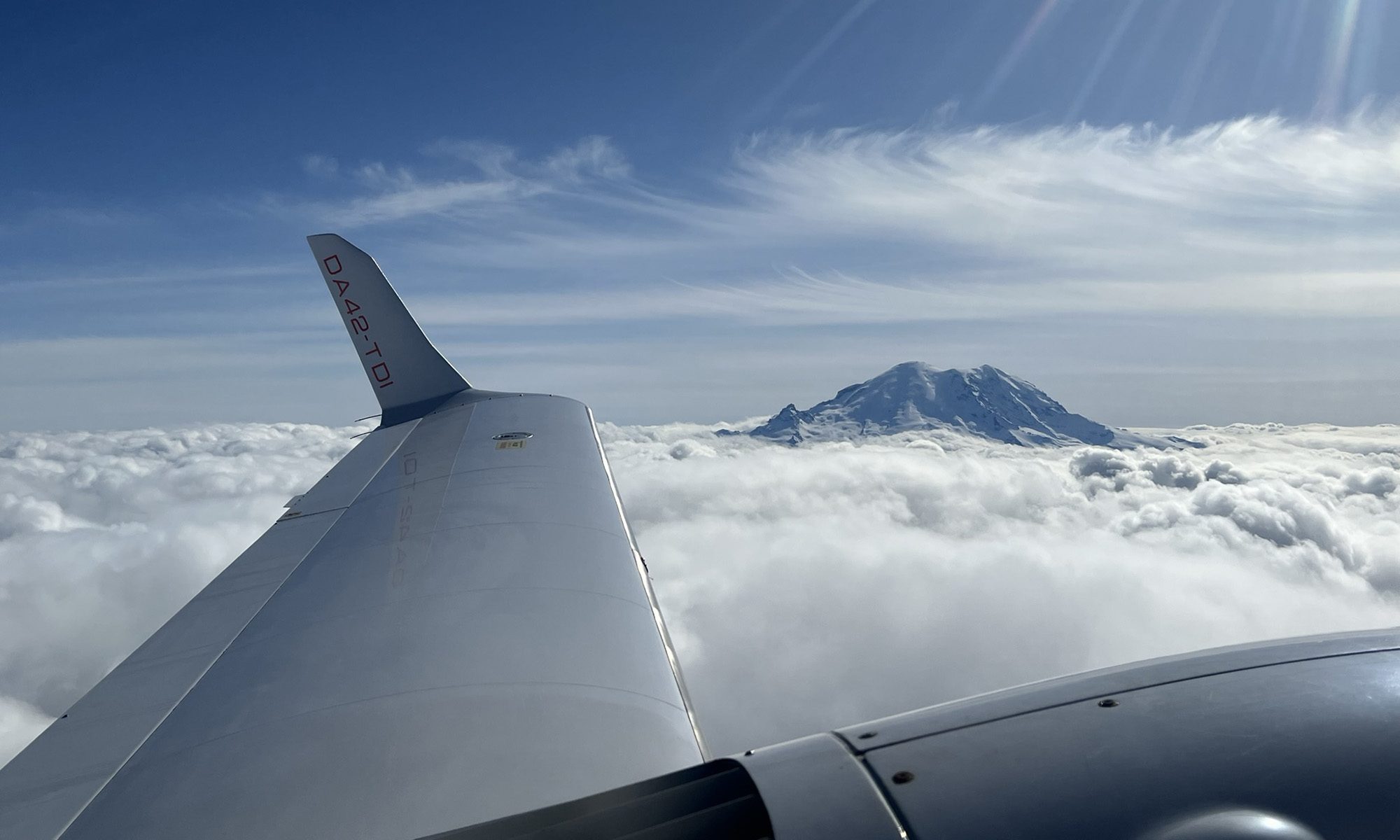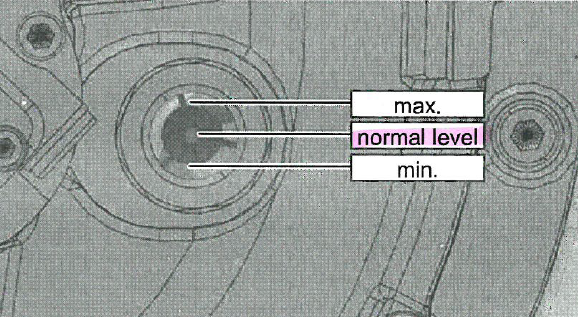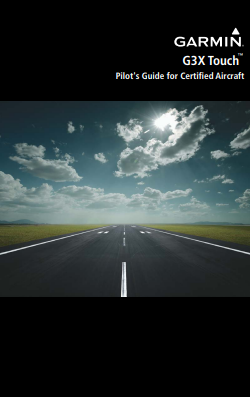If you ever wondered what is involved to rename an aircraft…
- Follow the process as described by the FAA
- Once you’re ready to make the change, get your new decals from a service specialized on aircraft decals, e.g. Aerographics is the one we used several times and are very happy
- Applying the new decals and obtaining both new airworthiness and registration certificates from the FAA is one thing, but don’t forget about your avionics: ADS-B / XPDR and ELT will have to be reconfigured – don’t underestimate effort, time and costs to get those tasks taken care of by your favorite avionics shop
- Eventually you also need to update the logbooks, make sure ADS-B trackers like e.g. FlightAware and FlightRadar24 are updated, be sure the NOAA is aware of the ELT change, and don’t forget to inform the CBP in case you have a border-crossing decal on your plane
Happy flying!






